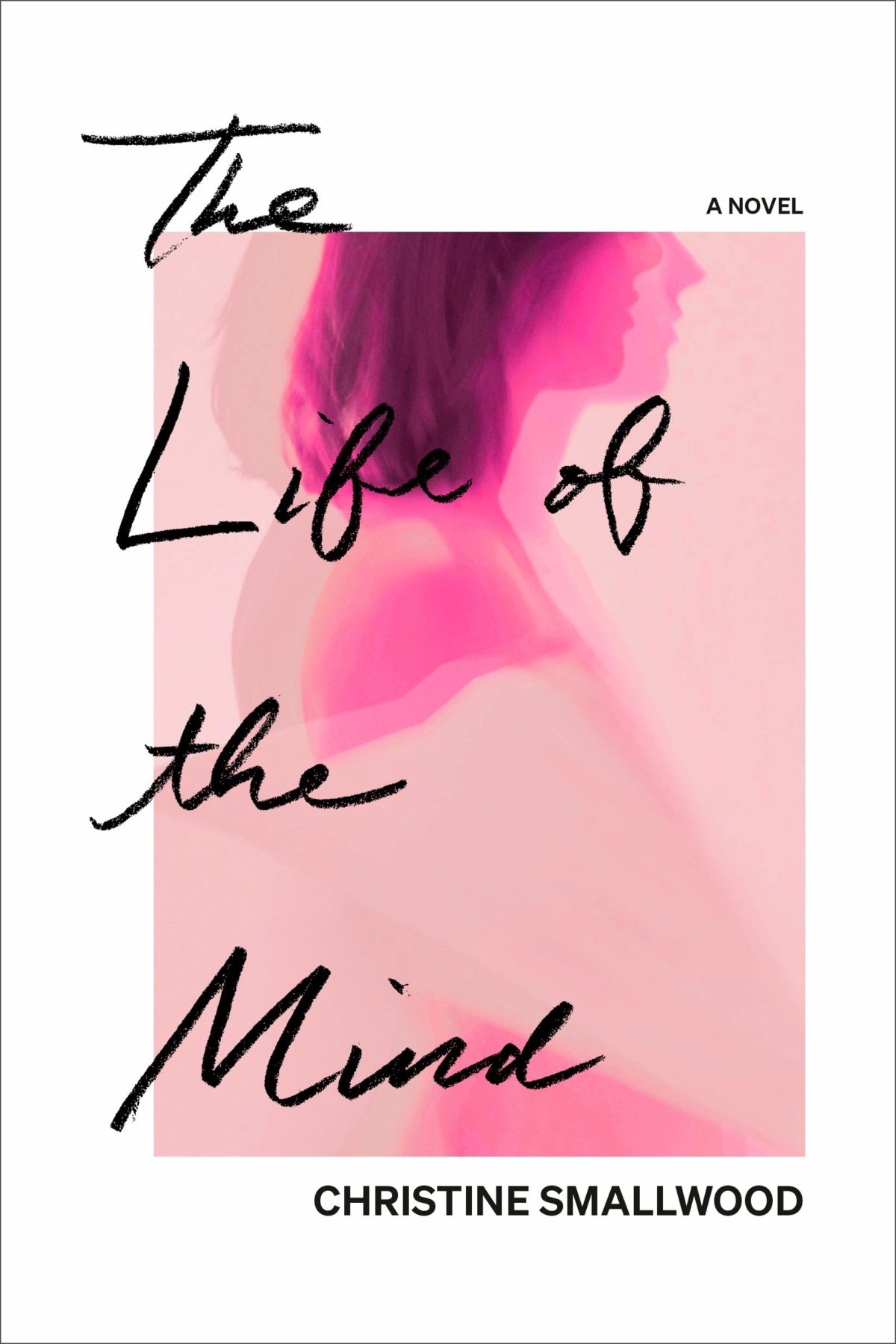
Format: 240 pp., hardcover; Size: 5.5 x 8.25”; Price: $27; Publisher: Hogarth; Number of therapists the protagonist sees simultaneously: 2; Amount protagonist spends at a Vegas slot machine: $50; Age at which the protagonist says she “more or less toped listening to music”: 30; Representative Passage: Was she tired? How should a person feel? Maybe everyone felt like this—twisted and sore, blunted. Maybe this was the standard. She had no sense of what was reasonable, or what she could reasonably expect, of what, therefore, could fail to measure up.
You have reached your article limit
Sign up for a digital subscription and continue reading all new issues, plus our entire archives, for just $1.50/month.
Already a subscriber? Sign in




